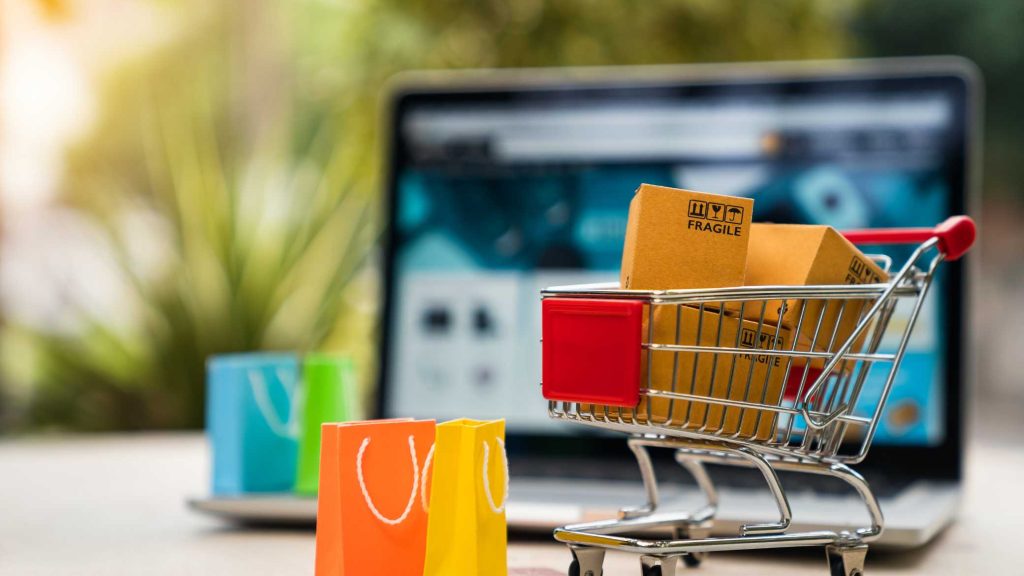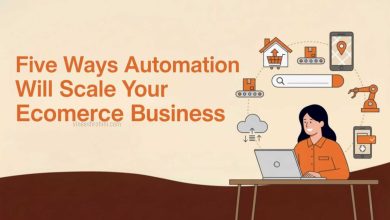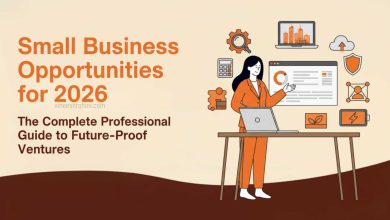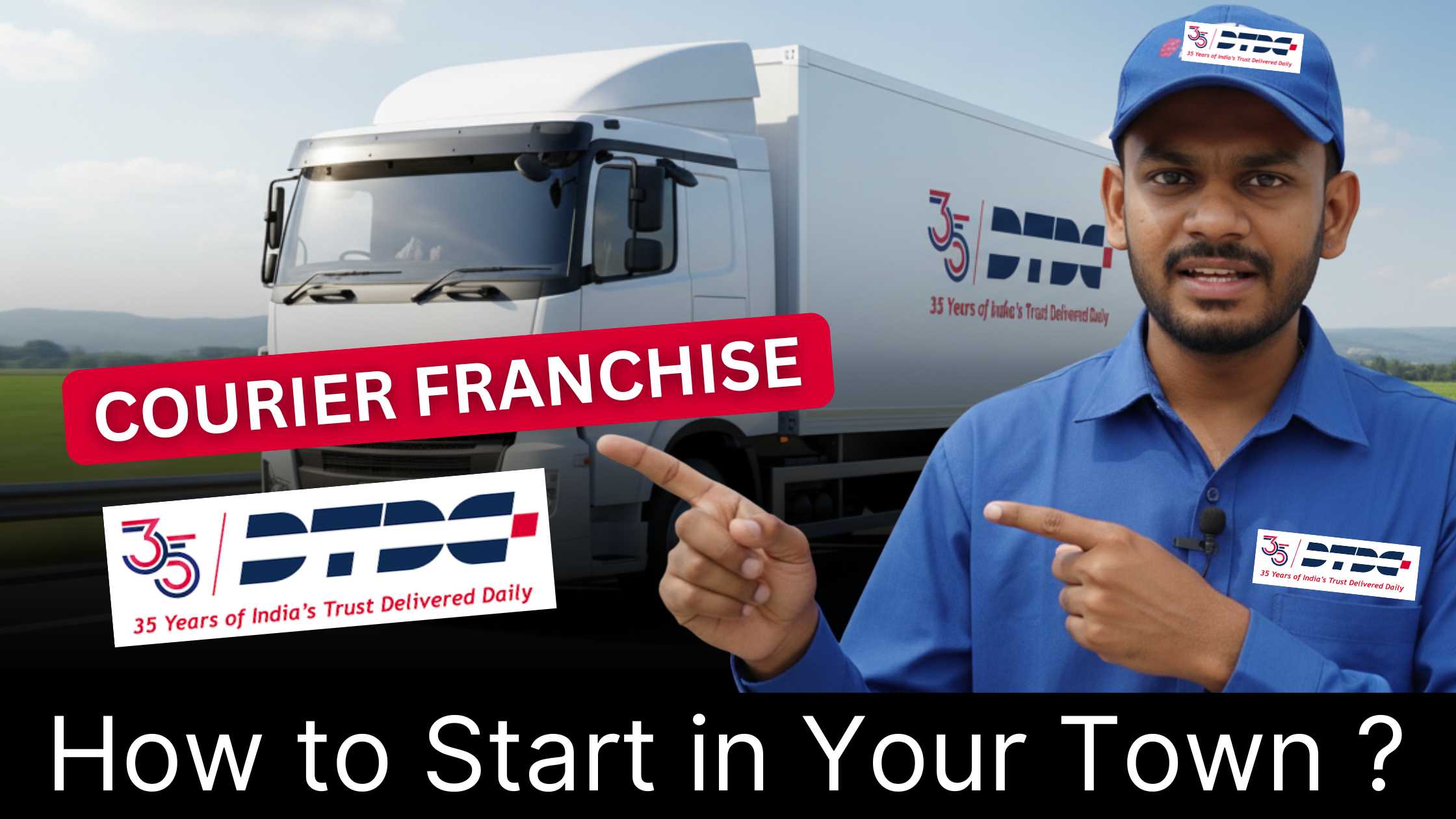Ecommerce Vs Traditional Business – Comprehensive Guide 2025
Ecommerce Vs Traditional Business : In today’s digital-first world, the debate between ecommerce vs traditional business has become more relevant than ever. With technology advancing at lightning speed, changing consumer behavior, and rising internet penetration, entrepreneurs, investors, and even established business owners are reassessing their business models. In 2025, where online shopping, digital payments, and AI-driven customer experiences have become the norm, deciding between an ecommerce venture and a brick-and-mortar setup can greatly influence long-term profitability and scalability.
Table of Contents
This comprehensive guide will help you understand the fundamental differences, advantages, challenges, and future outlook of ecommerce vs traditional business in India and globally.
📌 Understanding Ecommerce and Traditional Business

What is Ecommerce?
Ecommerce (electronic commerce) refers to the buying and selling of goods or services using the internet. It involves online transactions, digital marketing, virtual storefronts, and often third-party logistics services. Ecommerce has evolved from simple online stores to fully integrated omnichannel ecosystems that include mobile apps, social commerce, AI bots, and cloud-based inventory systems.
What is Traditional Business?
Traditional business, also known as brick-and-mortar or offline business, involves selling goods and services through physical locations such as retail stores, showrooms, kiosks, or offices.
Also Read : Start a Fashion Store Online
Transactions are typically face-to-face and may rely heavily on word-of-mouth, local marketing, and in-person customer service.
📊 Market Trends in 2025: Ecommerce vs Traditional Retail
- Ecommerce Growth
- Global ecommerce sales projected to reach $8.1 trillion by 2026
- India’s ecommerce market expected to surpass $350 billion by 2030
- Mobile commerce, voice search, and AI personalization are key drivers
- Traditional Retail Outlook
- Brick-and-mortar still accounts for over 80% of retail transactions globally
- Retail spaces are transforming into experience centers
- Hybrid models combining offline experience with digital convenience are trending
🛒 Ecommerce Business Model: Pros and Cons
✅ Advantages of Ecommerce in 2025
- Global Reach
Sell to anyone, anywhere — your audience isn’t limited by geography. - Low Startup Costs
No need to rent a shop or hire large staff initially. You can start with just a website. - 24/7 Availability
Customers can shop round-the-clock, increasing sales opportunities. - Automated Operations
Use tools for inventory management, chatbots for support, and CRMs for marketing. - Data-Driven Marketing
Access real-time analytics, buyer behavior, and trends to optimize sales. - Easy to Scale
Adding products or targeting new locations is easier with ecommerce platforms. - Personalized Shopping Experiences
Use AI to recommend products, send personalized emails, and retarget visitors.
❌ Disadvantages of Ecommerce
- High Competition
Lower entry barriers mean thousands of sellers are competing for attention. - Technical Dependency
Website crashes, payment gateway failures, or security breaches can halt sales. - Logistics Challenges
Shipping delays, damaged goods, and returns can reduce customer satisfaction. - Lack of Physical Experience
No touch, feel, or real-time human interaction can affect customer trust. - Digital Marketing Expenses
Paid ads, SEO, influencer marketing — these can quickly add up.
🏪 Traditional Business Model: Pros and Cons
✅ Advantages of Traditional Business
- Personal Connection
Builds trust with face-to-face interactions and customer relationships. - Tangible Experience
Customers can touch, test, and try products before buying. - Instant Gratification
No waiting for shipping — customers take the product home immediately. - Community Presence
Offline stores often build local loyalty and community engagement. - Less Technical Know-how Required
No need for coding, websites, or payment gateway integration.
❌ Disadvantages of Traditional Business
- Limited Reach
Sales are confined to physical foot traffic and geography. - High Overhead Costs
Rent, electricity, salaries, and maintenance can drain profitability. - Limited Operating Hours
Unlike ecommerce, offline stores can’t operate 24/7. - Inventory Constraints
Limited space can restrict the variety and volume of products sold. - Difficult to Scale Quickly
Expanding offline presence involves significant capital and logistics.
🧮 Cost Comparison: Ecommerce vs Traditional Business
| Feature | Ecommerce (2025) | Traditional Business (2025) |
|---|---|---|
| Startup Cost | ₹10,000 to ₹1,00,000 | ₹2,00,000 to ₹20,00,000+ |
| Inventory | Dropshipping/Stockless possible | Requires upfront stock & storage |
| Marketing Expense | SEO, Ads, Influencer, Email | Flyers, Hoardings, Local Media |
| Rent | Not needed (except warehouse) | Significant monthly rent |
| Employees | Optional (start solo) | Essential for store operations |
| Expansion Cost | Digital expansion, affordable | Physical outlets, high investment |
| ROI Timeline | 6–12 months | 12–24 months |
🛠️ Key Tools and Platforms for Ecommerce in 2025
- Website Builders: Shopify, WooCommerce, Wix
- Marketplaces: Amazon, Flipkart, Meesho
- Payment Gateways: Razorpay, Cashfree, PayPal
- Logistics: Shiprocket, Delhivery, Pickrr
- Marketing Tools: Google Ads, Meta Ads, Mailchimp, Canva
- CRM & Analytics: HubSpot, Zoho CRM, Google Analytics 4
- AI Tools: ChatGPT, Writesonic, Jasper, Replika (for chatbots)
Industry Examples: Ecommerce vs Traditional

Ecommerce Success:
boAt Lifestyle started as an online-first consumer brand selling earphones and speakers. Their focus on youth-oriented branding, Amazon presence, and influencer marketing made them a ₹1,500 crore+ company.
Traditional Success:
Saravana Stores, a legacy retail brand in South India, thrived on offline community connections, cultural relevance, and in-store experiences, despite ecommerce competition.
Hybrid Model Example:
Reliance Trends now offers both an ecommerce portal and offline retail stores, combining the best of both worlds.
👥 Customer Behavior in 2025: Online vs Offline Preferences
- Millennials & Gen Z: Prefer mobile shopping, quick checkout, UPI payments, and fast delivery
- Gen X & Baby Boomers: Still enjoy the personal touch and tangible store experiences
- Tier 2 & 3 Cities: Ecommerce adoption is growing, but trust still lies in traditional shops
- High-Involvement Purchases: Real estate, jewelry, or luxury items still favored offline
🚚 Logistics and Fulfillment: A Core Difference
Ecommerce:
- Requires courier integration, return policies, packaging
- Hyperlocal delivery options using Dunzo, Swiggy Genie, Shadowfax
- Dropshipping or warehouse-based models
Traditional:
- No delivery logistics
- Customer carries product
- Inventory kept on-site
📈 Scalability: Which Model Wins?
Ecommerce Scalability:
- Expand to pan-India or global markets without opening stores
- Use influencer and ad campaigns to reach lakhs of customers
- Launch new categories with just a product page and marketing push
Traditional Scalability:
- Open more stores — high capital needed
- Franchising or licensing possible but slower
- Local competition and real estate constraints
🌍 Environmental & Social Considerations
Ecommerce:
- Higher carbon footprint due to packaging and last-mile delivery
- Growing concern about return waste and single-use plastics
Traditional:
- Supports local employment
- Lower digital waste, but may have higher electricity or space usage
⚖️ Which is More Suitable For You?
| Business Goals | Ecommerce Recommended | Traditional Recommended |
|---|---|---|
| Pan-India/Global Reach | ✅ Yes | ❌ No |
| Low Investment Startup | ✅ Yes | ❌ No |
| Tech-Savvy Audience | ✅ Yes | ❌ No |
| Experience-Based Product | ❌ No | ✅ Yes |
| Local Community Building | ❌ Limited | ✅ Strong |
| Fast Launch & Pivot | ✅ Yes | ❌ Difficult |
| Inventory Flexibility | ✅ High | ❌ Low |
🧠 Tips to Succeed in Ecommerce
- Focus on SEO & Performance Marketing
- Use WhatsApp for order updates and support
- Add COD + UPI payment options
- Use influencer reviews and video content
- Prioritize customer feedback and retargeting
- Build an email list and use automation tools
- Offer easy returns and multiple payment options
🧠 Tips to Succeed in Traditional Business
- Choose a prime location with footfall
- Train staff on customer service excellence
- Offer loyalty programs or discounts
- Participate in local events and fests
- Ensure high product quality and fast service
- Expand using franchising if capital is limited
- Adopt partial digital tools – POS, QR payments, etc.
🔮 Future of Business in 2025 and Beyond
Omnichannel retail is the future. Customers want flexibility — they may research online, buy offline (ROPO), or vice versa. Businesses combining online convenience with offline experience will dominate.
- Phygital is the New Normal
- Voice Commerce and AI-based personalization are rising
- AR/VR Showrooms will bridge the online-offline gap
- Same-day delivery is becoming expected
- Sustainable packaging and ethical business are gaining consumer favor
📋 Final Verdict: Ecommerce vs Traditional Business

Both ecommerce and traditional business models have unique strengths. The best choice depends on your:
- Target audience
- Budget
- Industry type
- Product category
- Long-term vision
Ecommerce offers high scalability, automation, and lower setup costs — ideal for digitally native businesses and new entrepreneurs.
Traditional business, while costlier and slower to scale, thrives on personal interaction, community loyalty, and tangible experience.
Buy Now : Ecommerce Website
The best businesses in 2025 will integrate both models, offering customers the flexibility to choose how they engage with the brand.
⚠️ Disclaimer : This article is intended for educational purposes only. Market trends and business strategies may evolve. Please consult a financial or business advisor before investing in any business model.



